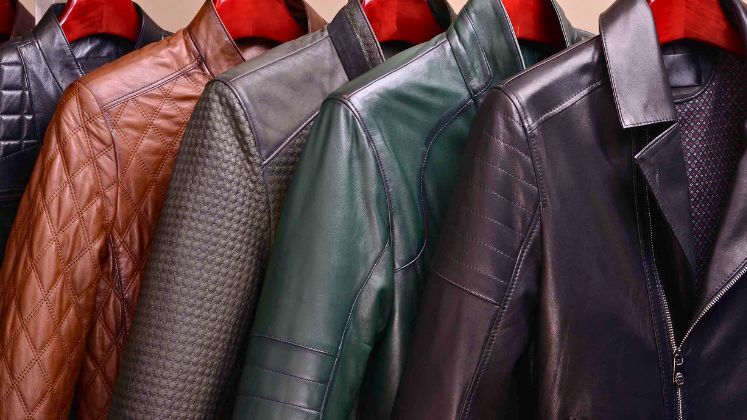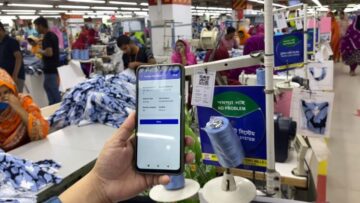
Although they don’t anticipate a major increase in export orders, Indian exporters of leather and textile goods view the 90-day tariff respite as a chance to clear their backlogs at reduced taxes. Industry insiders claim that because of weak demand and apprehension over Washington’s ongoing trade talks with other nations, US consumers are still in a “wait-and-watch” attitude.
Prabhu Dhamodharan, convenor of the Indian Texpreneurs Federation (ITF), stated that recent developments provide some respite and that existing order dispatch difficulties may start to alleviate.
However, he pointed out that the average landed tax on consumer goods, including textiles, entering the US is more than 20 per cent, indicating that spending is still under pressure. This includes a basic duty of 10 per cent on all nations and a higher than 100 per cent tariff on imports from China.
With the exception of China, which is currently subject to a 104 per cent tax, US President Donald Trump postponed the imposition of reciprocal tariffs for 90 days on Wednesday. Nonetheless, the standard 10 per cent duty that was implemented on 5th April is still applied universally.
According to A Sakthivel, Vice Chairman of the Apparel Export Promotion Council, “We can only export based on demand and our existing capacity.” Sakthivel, who also leads Poppys Knitwear in Tiruppur, stated that exporters are concentrating on shipping just pending orders during the relief period and that the tariff window may help accelerate shipments by about ten days.
He went on to say that Indian exporters are keeping a closer eye on the conclusion of the US-India bilateral trade agreement (BTA) negotiations, which might benefit the sector in the long run. “US buyers now believe that India will receive preferential tariff treatment in comparison to other Asian nations, particularly China,” he stated.
The United States imported US $ 107.72 billion worth of textiles in 2024, with US $ 80 billion of the amount coming from clothing alone. With 21 per cent of the total, China held the greatest percentage, followed by Bangladesh (9 per cent), India (6 per cent), Vietnam (19 per cent), and Sri Lanka (3 per cent).
India’s main rivals, Bangladesh (37 per cent), Sri Lanka (44 per cent), and Vietnam (46 per cent tariff), will all pay far higher tariffs under the new tariff structure. The United States is now in negotiations with more than 75 nations to reduce their tariffs.
The leather sector, which had been worried about order cancellations under the new structure, has welcomed the tariff delay, according to Israr Ahmed of Chennai-based Farida Group, a major exporter of leather goods. According to him, the majority of exporters are currently attempting to push orders within the 90-day window, which is the order cycle in this industry, which ranges from 90 to 120 days. Even though India sells very little leather and footwear worldwide, he thinks consumers are starting to realise that they need to diversify their purchases from nations like China and Vietnam.
According to government data, India exported US $ 4.1 billion worth of leather and leather products between April 2024 and February 2025, with US $ 870 million of that amount going to the US. According to Ahmed, a former FIEO vice-president, India would eventually increase its share—as long as high tariffs on rival nations persist.






